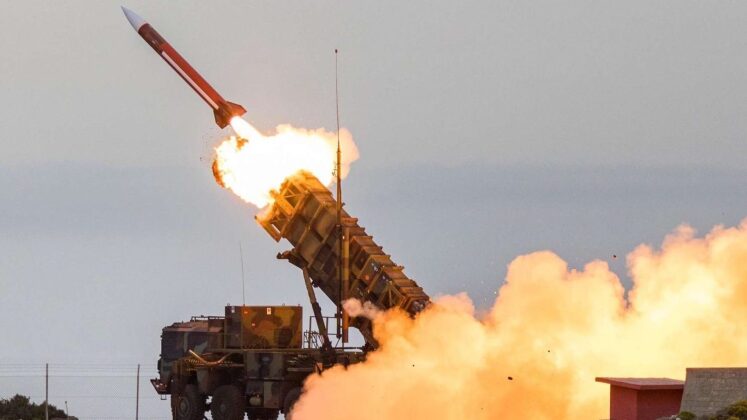News
U.S. Expands Production of Patriot Systems After First Combat Loss: Five New Units To Reach Ukraine Within 18 Months
The leading contractor for the production of the Patriot air defence system Raytheon has announced that five more units are set to be delivered to Ukraine by the end of 2024, after the Eastern European country received a second hand unit from the United States and a second one from Germany and the Netherlands. It is expected that these will be supplemented by more second hand deliveries from Western countries, although these are likely to meet only a small fraction of the more than 50 units which the Ukrainian government has requested. The escalation of deliveries comes as concerns have increasingly been raised by both Ukrainian and Western sources that Ukraine’s indigenous air defence network, which was formerly by far the largest in Europe, was on the verge of critical depletion. Despite Russian air defence suppression efforts consistently leaving much to be desired, the network based primarily around S-300 and BuK systems inherited from the Soviet Union has already seen its ability to protect Ukrainian frontline positions seriously diminished, allowing Russian combat aviation equipped with assets ranging from guided glide bombs to anti armour missiles to exert a greater influence on the frontlines.

Reports regarding the serious depletion of the S-300 arsenal began to emerge in late 2022, a notable example being Ukrainian Air Force chief spokesperson Colonel Yury Ignat’s revelation to the London based Financial Times in November that an inability to procure more missiles for it and other Soviet systems, which were built exclusively in Russia and Belarus, threatened to have a serious impact on the frontlines. More recently leaked secret documents from the U.S. Department of Defence in April showed that there were rising concerns within the Pentagon regarding the state of the Ukrainian Air Force’s surface to air missile network, concluding that air defences assigned to protect Ukrainian forces on the frontlines would “be completely reduced” in the near future. The Patriot is broadly considered a Western analogue to the S-300, although it suffers from much lower mobility and a far narrower arc of fire. Modern Patriot systems nevertheless have a number of advantages, particularly in their sensors and electronics, compared to Soviet era S-300 models that Ukraine relies on.

Although Patriots will not be able to replace more than a small fraction of the S-300s in service, they are expected to be prioritised for the defence of major cities rather than of frontline personnel, with their low mobility limiting their usefulness for the latter role. This is critical as Russian strikes increasingly threaten to leave major cities unliveable. It remains uncertain whether Raytheon will be able to expand production of the missile systems on schedule, or the extent to which they will continue to receive foreign orders from outside Ukraine following recent combat failures. The destruction of a Patriot system in Kiev on May 16 was only the latest in a decades long line of underwhelming performances both in testing and in combat. The combat losses suffered by Patriots have raised the possibility that its more advanced competitor, the newer U.S.-Israeli David’s Sling system, could quickly gain market share in Europe in particular.












